THE EVOLUTION OF THE GRANDMOTHERS OF PLAZA DE MAYO'S MNEMONIC FRAMING*
This article illustrates how human rights activists are negotiating post-authoritarian situations via framing strategies that counter the state's narrative of the past, puts state terror on full display, and aids activists in achieving their goals. In this article, I analyze the Grandmothers of Plaza de Mayo as a successful mnemonic-memory movement that advanced an alternative collective memory of Argentina's last military regime (1976–1983). I specifically focus on their use of memory work and the evolution of their framing approach. I demonstrate how their framing and frame bridging (rights of families, depoliticized science) was an emergent process that materialized across time and alongside emerging technologies, culminating in their overarching “right to identity” frame. Moreover, I analyze how the Grandmothers used these frames to navigate changing political landscapes and obstacles, and to attack social structures maintaining impunity for the regime's crimes. I ultimately argue that these actions, alongside their extensive memory work, have provided them a loud and powerful voice over the collective memory of Argentina's violent past.
Contributor Notes
* Nicole Iturriaga is a Postdoctoral Research Fellow at the Max Planck Institute for Religious and Ethnic Diversity in Göttingen, Germany.
† This article is based on work supported by the University of California Los Angeles Latin American Institute. The author is hugely indebted: to her research participants, especially the Argentine Forensic Anthropology Team and the Grandmothers of Plaza de Mayo, for sharing their stories with her; to University of California Los Angeles's Department of Sociology for the institutional support during data collection in Argentina; and to Rebecca DiBennardo, Phillippe Duhart, Gail Kligman, Jax McAlister, Geoffrey Robinson, Abigail Saguy, Peter Van der Meer, and the anonymous reviewers for their time and useful comments.

